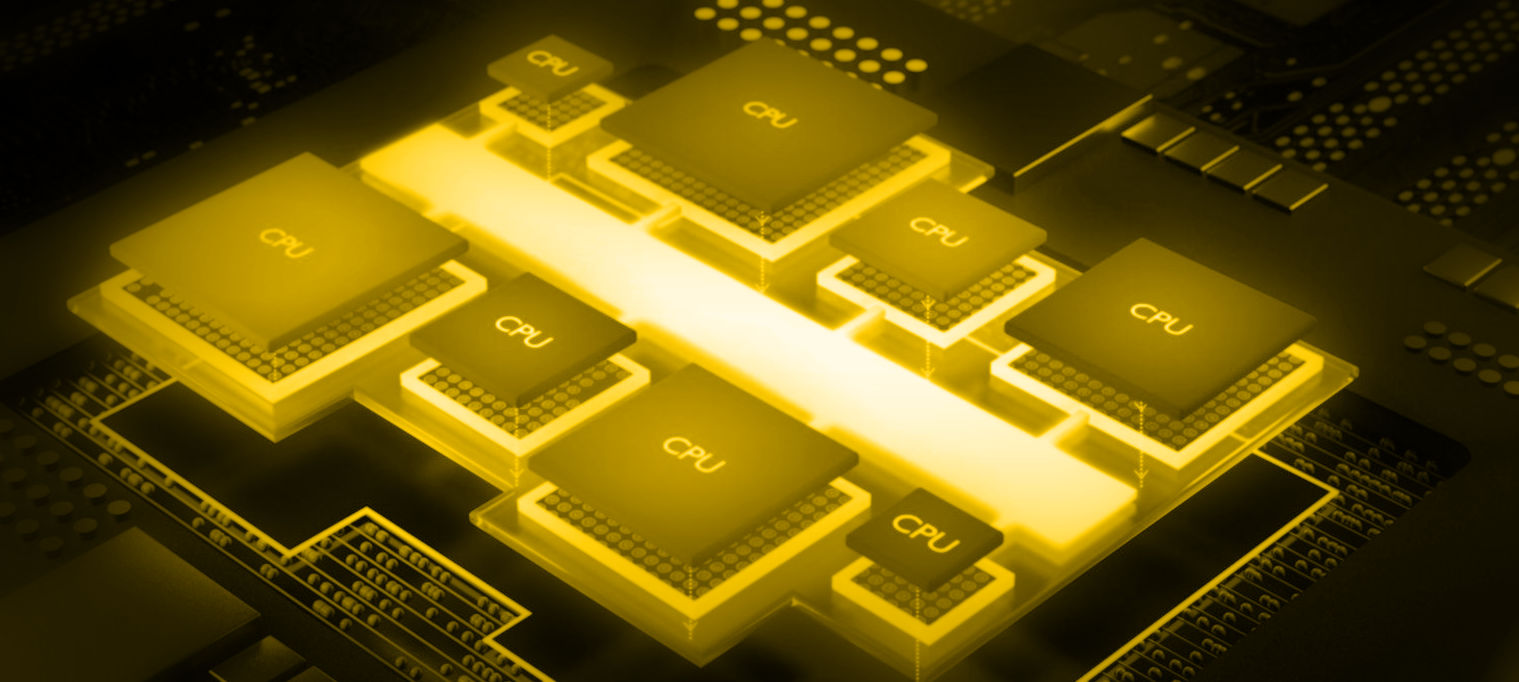I said "LGA1700 so mostly desktops". That's because "consumer" (non-Xeon) LGA chips occasionally appear in other types of devices (laptops, servers).Alder Lake mobile wouldn't be LGA, so "mostly" still doesn't apply.
LGA1700 Alder Lake was officially confirmed by Intel.And no specific Alder Lake is confirmed, but Sharkbay has leaked an entire lineup.
Mobile Alder Lake (-M, BGA) only appeared in some occasional rumors from anonymous accounts. So as far as I'm concerned, Alder Lake-M doesn't and probably won't exist.
But going back to your comment that triggered me: even if Alder Lake-M does appear after all, it still isn't going to be a replacement for Lakefield.
Lakefield is a separate product series, with some very unique properties (Foveros, POP RAM). Probably no variant of Alder Lake will use POP RAM and utilizing Foveros is extremely doubtful as well.
I mean: you can't say chip "A" is replacing chip "B" just because it uses vaguely similar architecture.



